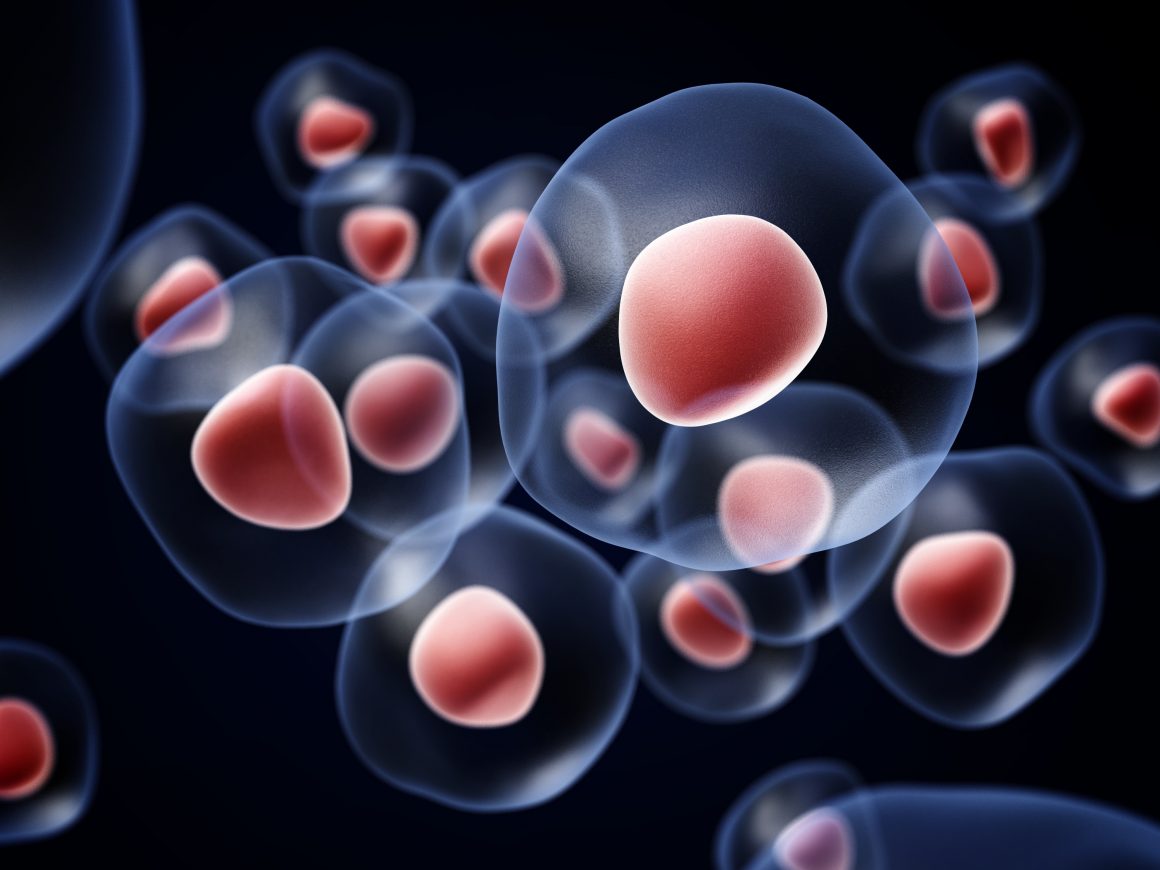
Nonembryonic stem cell research has surpassed embryonic stem cells. 8 Their inherent tendency for proliferation and tumorigenicity makes a worrying, perhaps insurmountable, hurdle to their clinical application. 7 In some respects, such as expression of Myc and related genes, embryonic stem cells are more akin to cancer cells than to regenerative/reparative cells.


This might not be surprising given their inherent capacity for rapid proliferation and because the standard for assessing pluripotency is teratoma formation, but numerous references note that they also accumulate mutations and chromosomal aberrations in culture. The most significant concern regarding clinical use of embryonic stem cells is their potential tumorigenicity. 6 Theoretically, cells from an embryo created by cloning (somatic cell nuclear transfer) were thought to be an immunologic match, but the evidence suggests that the so-called therapeutic cloning technique, although producing cells with the same DNA as the nuclear donor, is critically flawed in production of immunologically matching stem cells. 5 Immunogenicity is also a longstanding problem with embryonic stem cells and has even been noted as a problem for embryonic stem cells isolated from cloned embryos. 4 In animal models, embryonic stem cell–derived cardiomyocytes have shown evidence of causing arrhythmia. Differentiation into physiologically relevant cell types that can integrate into damaged tissues and function normally has been difficult to achieve for example, reports show difficulty achieving mature erythrocytes containing β-globin, 3 as well as mature neuronal and hepatic cells. Indeed, even the founder of the field of human embryonic stem cell research, Dr James Thomson, has said that “If human embryonic stem cell research does not make you at least a little bit uncomfortable, you have not thought about it enough.” 2īeyond the significant ethical tensions around embryonic stem cells, there are a number of pragmatic concerns and problems that make them ill-suited for clinical use. A significant proportion of Americans, because of religious or personal conviction, attach moral worth to nascent human life and reject its destruction. Certainly part of the controversy relates to their derivation, which involves the destruction of human embryos. In contrast, embryonic stem cells have received a great deal of attention despite their highly controversial nature and potential for clinical use. Yet, these most valuable of stem cells for the patient, despite evidence of success in the clinic, have been relatively unrecognized for their true value in medicine. 1 And because adult stem cells are noncontroversial, they are distinctly advantaged as acceptable to all patients. By the end of 2012, over 1 million people around the globe had already received adult stem cell transplants for hematopoietic conditions alone, and adult stem cell clinical use is increasing rapidly. Adult stem cells are the only stem cell type that has shown evidence of success when it comes to patients, and treating patients is supposedly the ultimate goal for stem cell research, certainly the justification for the huge sums of money poured into the field.

Although in the past their regenerative/reparative capacity was ignored, misunderstood, or even maligned, a rapidly growing host of clinical applications are being developed, and the clinical utility of adult stem cells is increasingly validated in the literature.Īdult stem cells are the true gold standard in regenerative medicine.


 0 kommentar(er)
0 kommentar(er)
